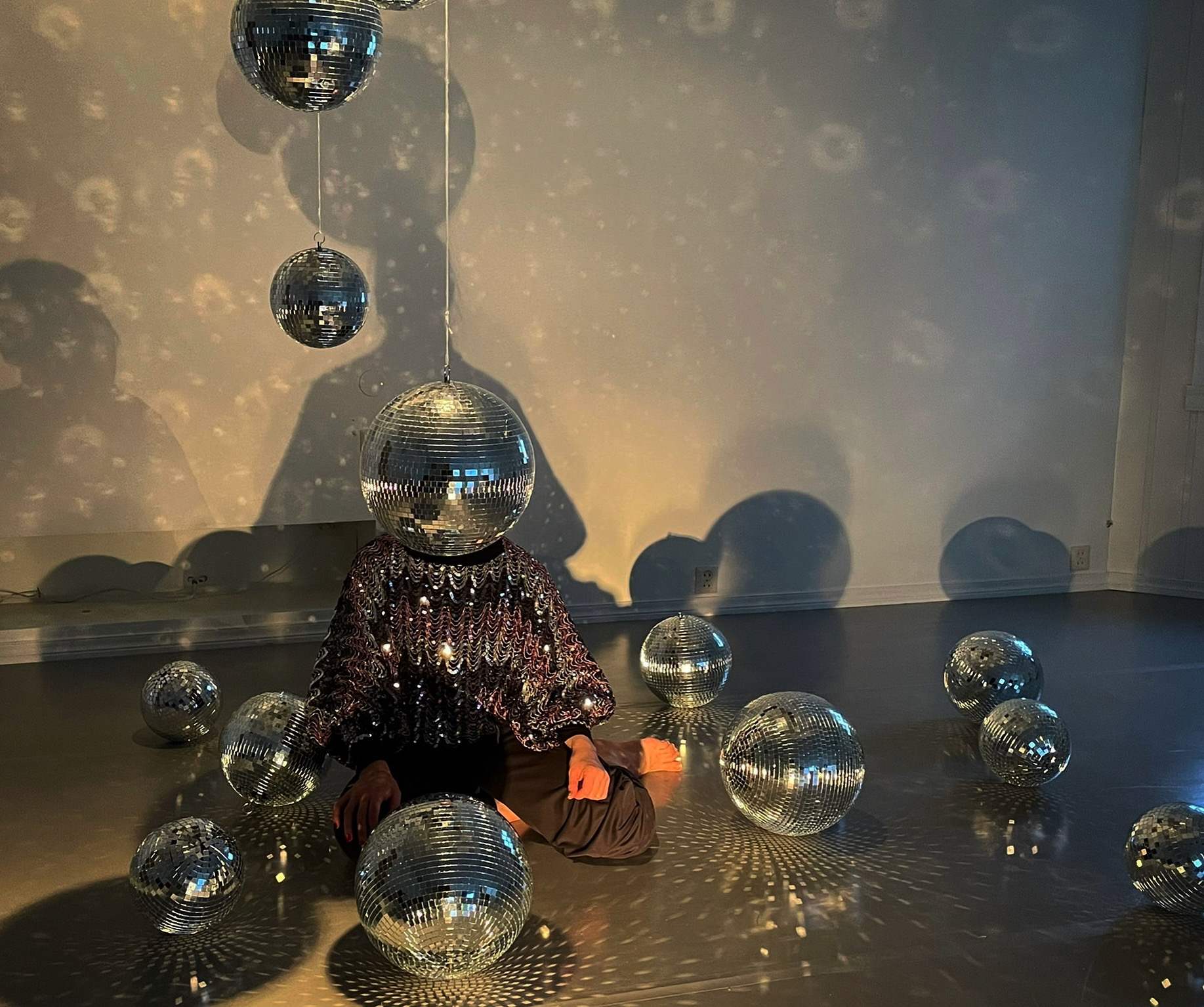Looking Glass
Performances
2023
@ Stord Kulturhus, Stord October 3.
@ Festiviteten, Haugesund October 4.
@ Oseana, Os October 5.
@ CODA Dance Festival, Oslo October 17. (& 18.)
2024
@ BIT, Cornerteateret, Bergen January 12..-14.
@ Kilden, Kristiansand January 18.-19.
@ RAS, Stavanger May 13.-14.
Welcome to "Looking Glass," a spectacular dance performance that offers a sensory journey through the intricate labyrinth of identity, self-worth and the uncertainties of youth. Through the language of dance, the power of music, and the reflections in mirrors, we invite you to rediscover yourself and the world in a new light. Young movers and professional dancers meet, explore and dance together on stage.
Step into a magical space filled with disco balls, pulsating music, and graceful dancers, weaving an enchanting and captivating visual narrative. Through both the physicality of movement and the emotional depth of dance, we embark on a journey through the fractured reflections offered by the disco ball mirrors. This immersive experience encourages introspection about how we perceive ourselves and how we mirror our identities in others.
"Looking Glass" is a purposefully crafted performance aimed at engaging and inspiring local youth to explore the realm of art, fostering a deeper understanding of identity and self-worth through artistic expression. The title, "Looking Glass," alludes to the unexpected, challenging conventional norms, and delves into this exploration through captivating visual and emotional elements.
Thomas Bruvik
Live Sollid Schulerud
BIT teatergarasjen
Bergen Dansesenter - regional competence center for dance, Tou Scene.
![]()
![]()
![]()
![]()
![]()
![]()
![]()
![]()
![]()
Performances
2023
@ Stord Kulturhus, Stord October 3.
@ Festiviteten, Haugesund October 4.
@ Oseana, Os October 5.
@ CODA Dance Festival, Oslo October 17. (& 18.)
2024
@ BIT, Cornerteateret, Bergen January 12..-14.
@ Kilden, Kristiansand January 18.-19.
@ RAS, Stavanger May 13.-14.
Welcome to "Looking Glass," a spectacular dance performance that offers a sensory journey through the intricate labyrinth of identity, self-worth and the uncertainties of youth. Through the language of dance, the power of music, and the reflections in mirrors, we invite you to rediscover yourself and the world in a new light. Young movers and professional dancers meet, explore and dance together on stage.
Step into a magical space filled with disco balls, pulsating music, and graceful dancers, weaving an enchanting and captivating visual narrative. Through both the physicality of movement and the emotional depth of dance, we embark on a journey through the fractured reflections offered by the disco ball mirrors. This immersive experience encourages introspection about how we perceive ourselves and how we mirror our identities in others.
"Looking Glass" is a purposefully crafted performance aimed at engaging and inspiring local youth to explore the realm of art, fostering a deeper understanding of identity and self-worth through artistic expression. The title, "Looking Glass," alludes to the unexpected, challenging conventional norms, and delves into this exploration through captivating visual and emotional elements.
Review: "The dance performance "Looking Glass" is emotionally touching in content and a visual treat in style.[...] The collective is the performance's undeniable strength. However, it must be mentioned that choreographer and performer Roskva Yasmin Andersen stands out with precision, timing, and stage presence. Looking Glass is a charming, dynamic, and unpretentious performance. It is cleverly conceived and well executed."
Dance artists:
Roskva Yasmin Andersen (artisitc director and performer), Brita Grov, Alica Minar, Bettina Szabo, guest performer
Light design:
Thomas Bruvik
Music:
Live Sollid SchulerudCostume design:
Zofia Jakubiec, thanks to Julie Jensen for sewingSupported by:
Norwegian Art Council - Fond for Lyd & Bilde, project funding and research funding, FFUK, City of Bergen, Vestland County, Bergesenstiftelsen.
Co-producer:
BIT teatergarasjen
Collaborators and residency:
Bergen Dansesenter - regional competence center for dance, Tou Scene.Thanks to students:
Bømlo Kulturskole, Spinae Dansekompani and school, Stord High School - Music, Skeisvang High School - Dance, Kick Dansestudio, Bjørnarfjorden Kulturskole, Edvard Munch High School - Dance, Lillestrøm High School - Dance, Høyskolen i Kristiania BA Dance, Spin Off Dance, Bergen Dansesenter, Fyllingsdalen High School - Drama, Langhaugen High School - Dance, Bergen Kulturskole, Rotthaugen ungdomsskole, Vågen High School - Dance, Stavanger Katedralskole.Thanks to:
Carte Blanche for loan of equiptment.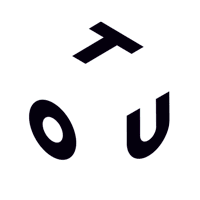








2023
![]()
![]()
![]()
![]()
![]()
![]()
![]()
![]()
![]()
Video: Maja Hannisdal
“While we're on the subject of youth; yesterday's premiere of Looking Glass was an exceptionally beautiful and captivating performance about growing up and making choices.
In fact, it's somewhat unusual to see so many dancers at once; the stage was transformed into a dance floor, filled with disco balls. However, the movements on the stage went far beyond the party atmosphere. The movements of the youth were, in fact, pure philosophical exercises. The dance piece attempted to tackle an incredibly important question: What do we really see in our reflection?” Read more about one of the participants experience here ︎︎︎CODA 2023.
![]()
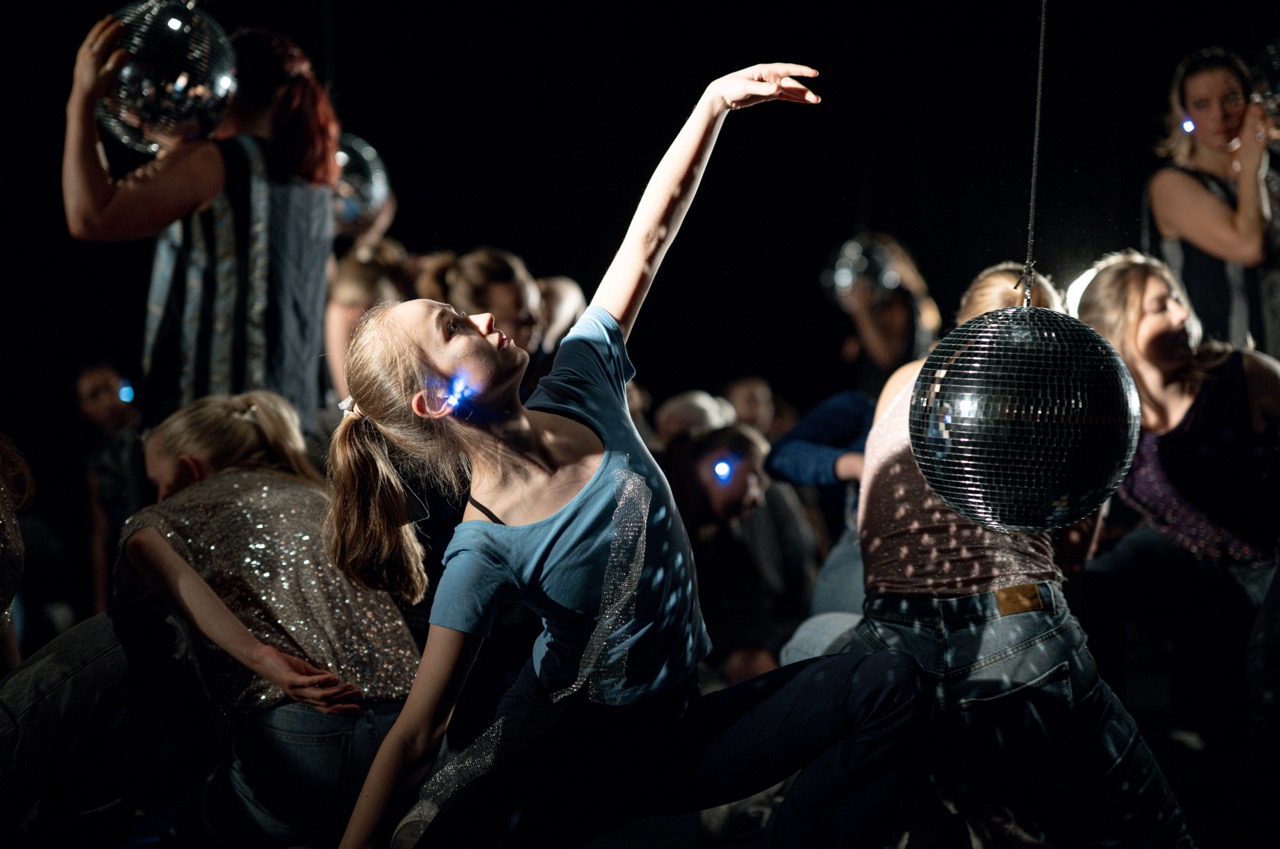
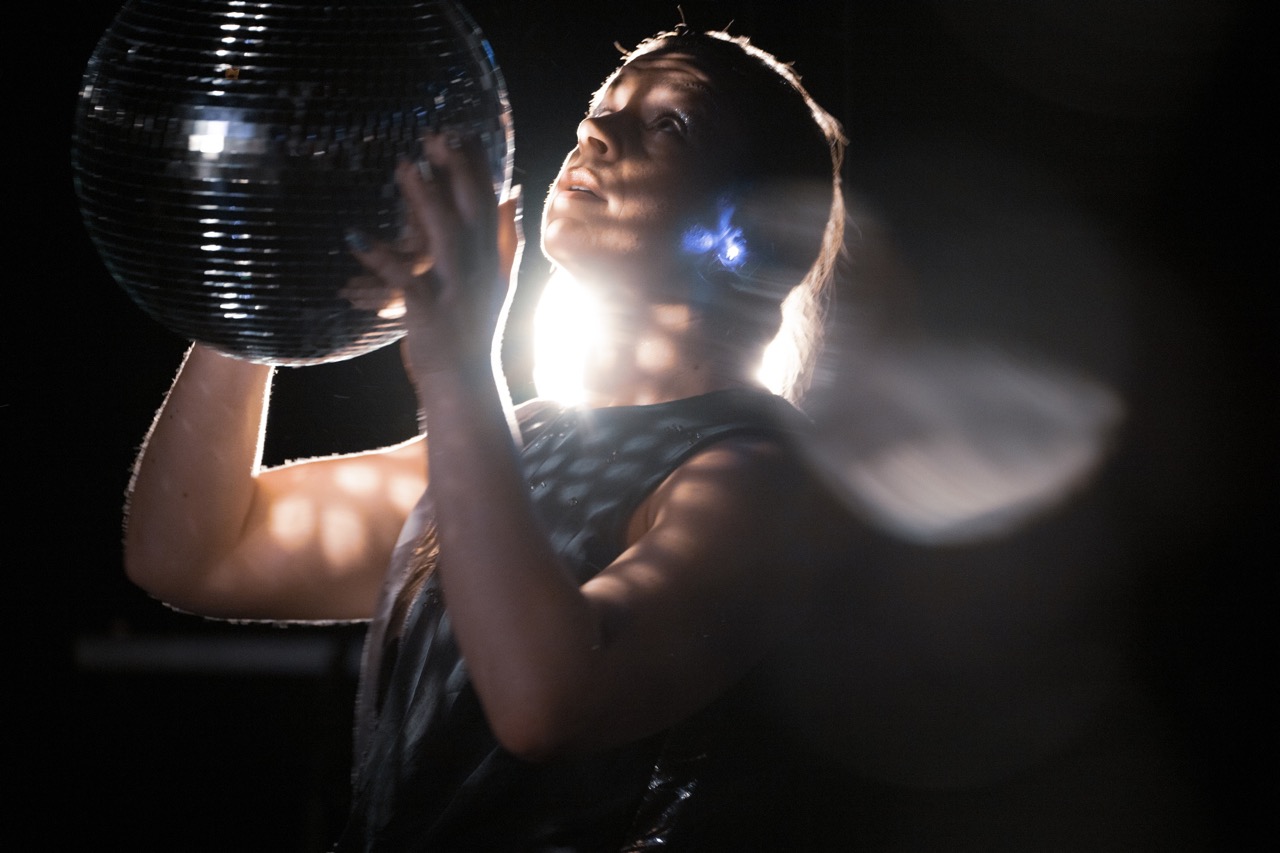

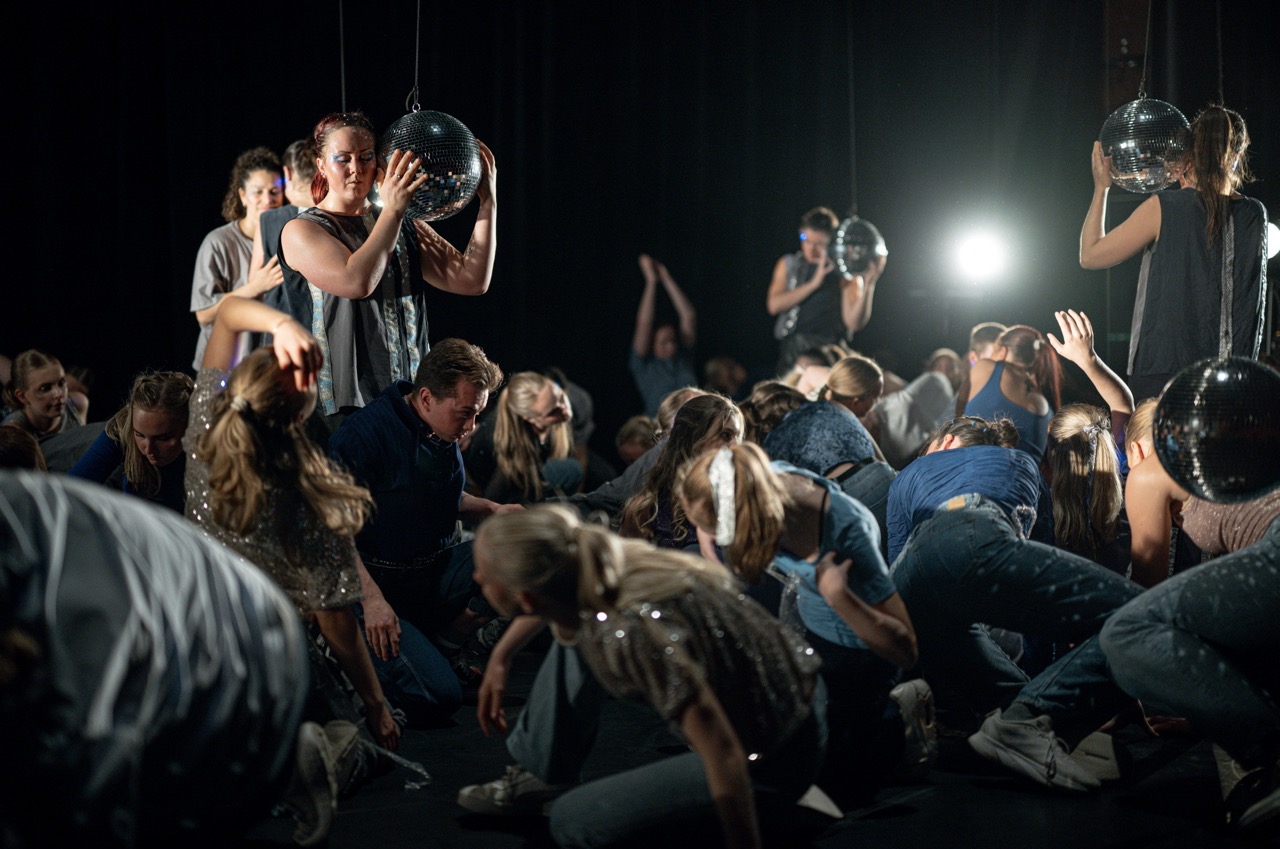
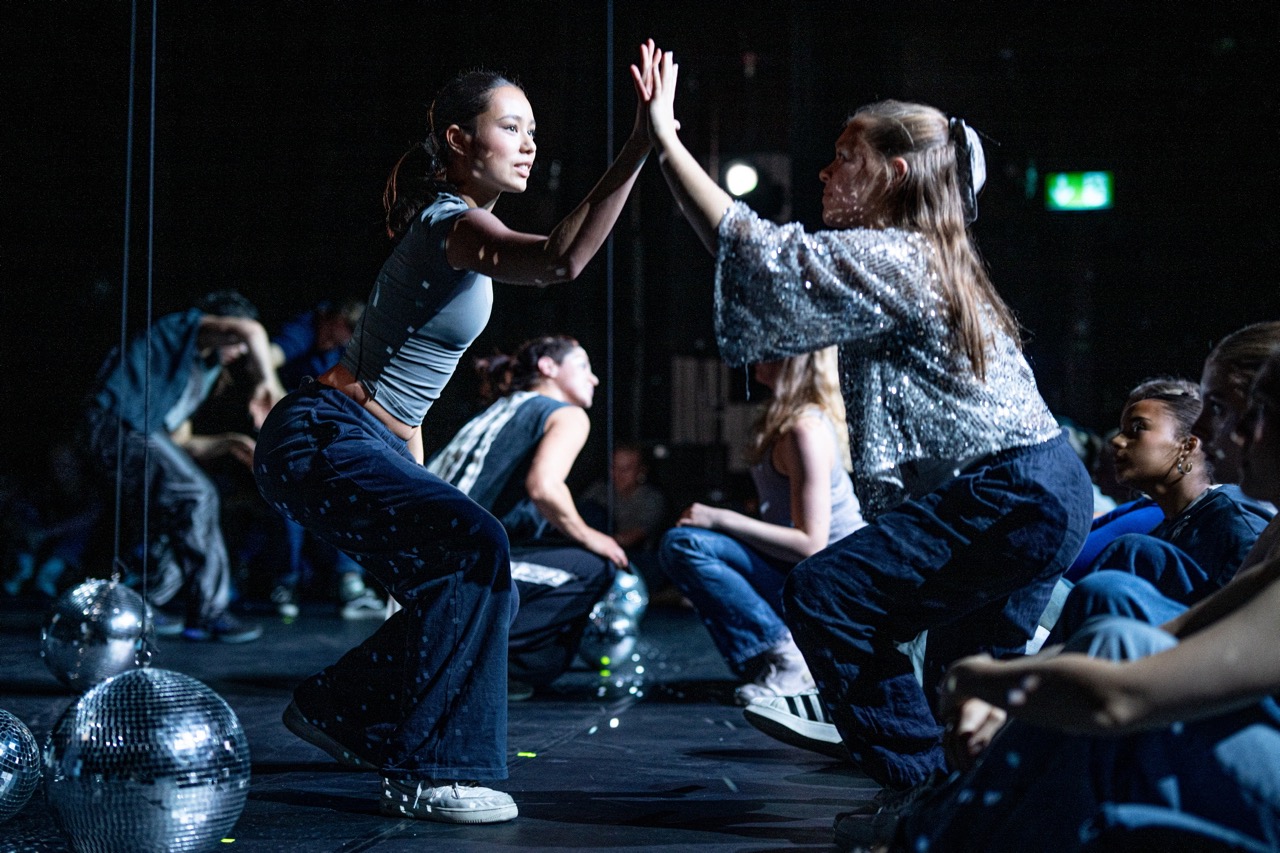
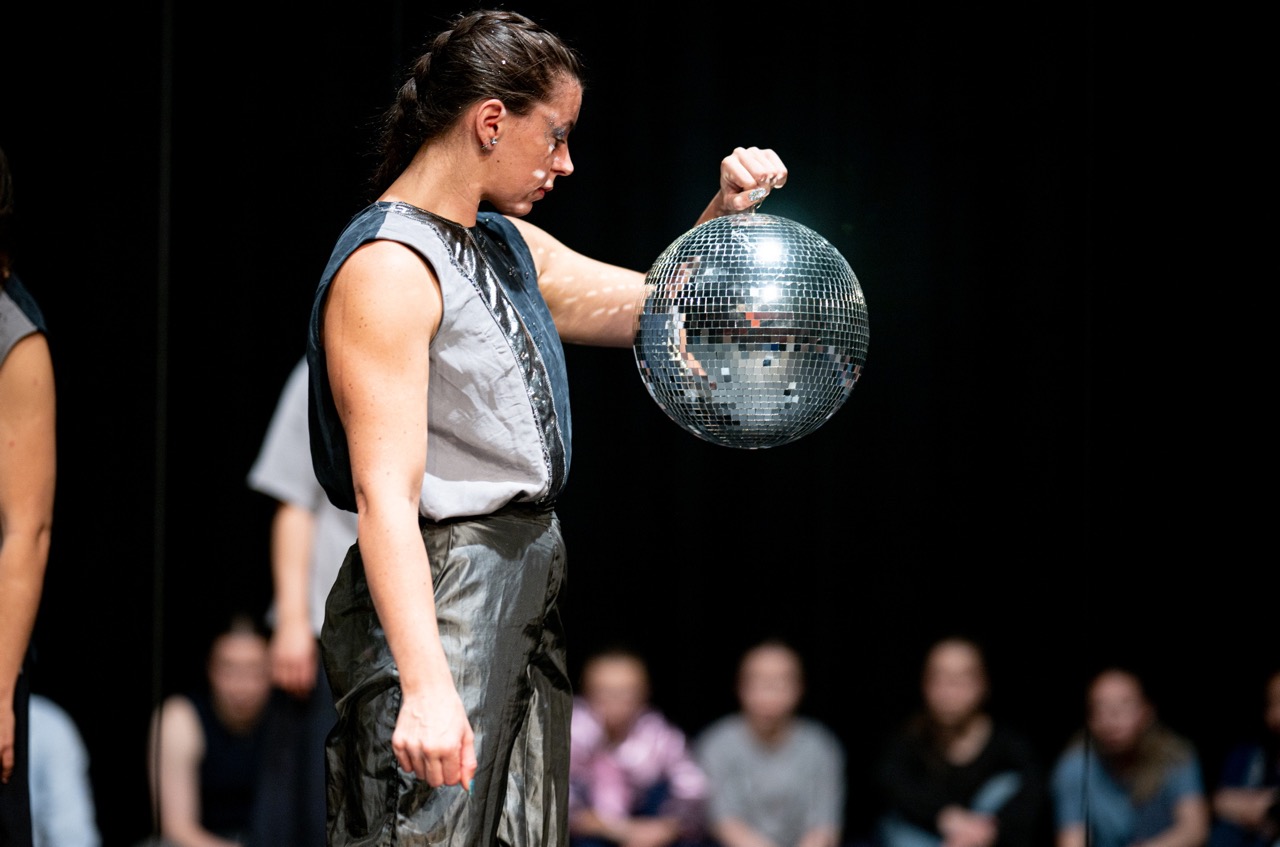
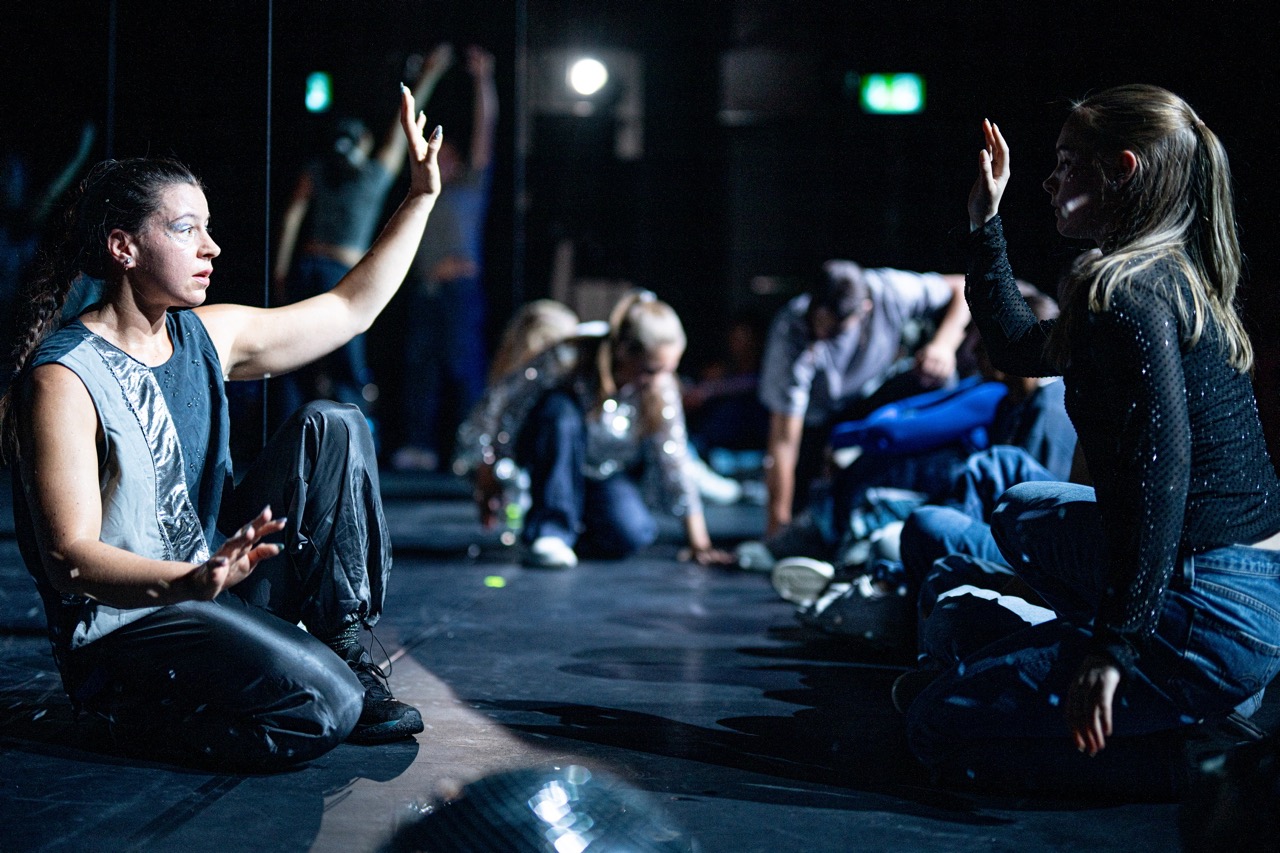


Photo: Lars Opstad
Video: Maja Hannisdal
![]()
![]()
![]()
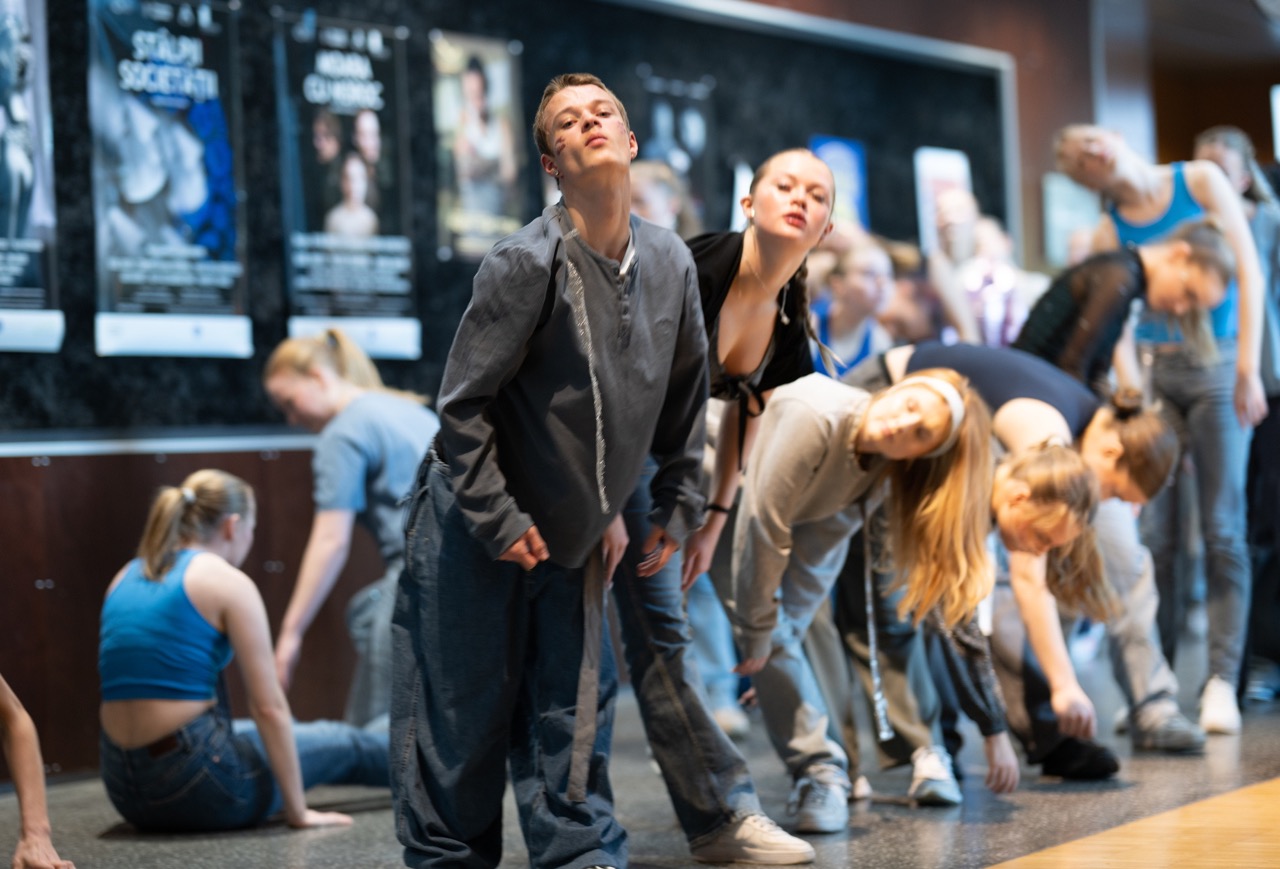


Photo: Lars Opstad
![]()
![]()
![]()
![]()
![]()
![]()
![]() Photo: Thor Børdreskift
Photo: Thor Børdreskift







Video: Maja Hannisdal
“While we're on the subject of youth; yesterday's premiere of Looking Glass was an exceptionally beautiful and captivating performance about growing up and making choices.
In fact, it's somewhat unusual to see so many dancers at once; the stage was transformed into a dance floor, filled with disco balls. However, the movements on the stage went far beyond the party atmosphere. The movements of the youth were, in fact, pure philosophical exercises. The dance piece attempted to tackle an incredibly important question: What do we really see in our reflection?” Read more about one of the participants experience here ︎︎︎CODA 2023.
